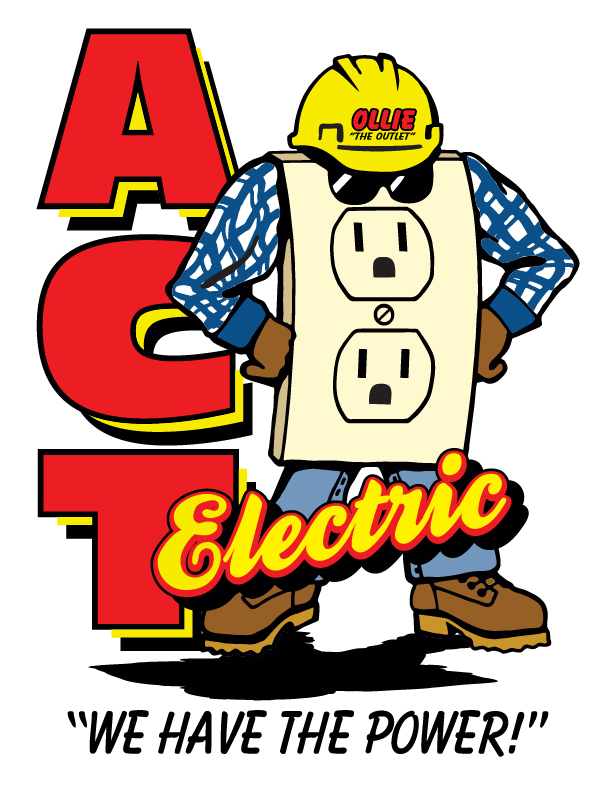Lowering your Electric Bill with Technology and Appliance Upgrades
We are grateful to have electrical power at our fingertips but don’t want to see our customers have to pay more money for electricity than is necessary. So, we’re going to offer some ways to cut energy costs without making life unpleasant.
For the consumer, the ability to lower electrical costs can come in the form of taking advantage of advances in electrical technology, appliance upgrades, and personal habits.
Technology can help
The most prominent energy consumer in your home is your HVAC unit. At an average of 15k watts, this is the one that will plump up your electric bill. But, a programmable thermostat, set to 10 degrees higher for 8 hours per day can save you 10% on your electric bill if you believe the Dept of Energy.
Lights can be programmed to go on and off at certain times, can be motion-activated, and can be replaced with more economical-use LED lights and dimmer switches.
Appliance upgrades
Your refrigerator is easily the most expensive appliance in your kitchen since it’s running 24/7. Consider an Energy Star model. Also, consider buying the smallest refrigerator to take care of your needs for the next ten years (although we can’t guarantee it won’t last long if you take care of it!)
If you’re not in the market for a new refrigerator, shrink its consumption as much as you can. Keep the coils clean, the top cleared, and the seal around the doors in good working order. Don’t put hot food in it or let it sit somewhere warm (a garage or the back porch, for example), because it has to work harder. If you go away on vacation, consider filling it with gallon jugs of water because, yes, it’s meant to be full.
Personal habits bring electrical reductions
Sometimes little habits can bring on big savings. For example, consider turning your water heater down to the lowest setting. This is not without controversy, since the World Health Organization says that Legionella (which causes Legionnaires disease) can survive (but not multiply) in temperatures between 118-122 degrees F.
Since there were only 76 cases of Legionella infection suspected or confirmed in Arizona in 2016*, the individual homeowner will have to decide if the risk of scalding is more likely as a result of their plumbing design.
If you currently wash your clothes in warm or hot water, ask yourself if the water needs to be that warm. You may be able to clean most or all of your clothes in cold water or forego the second rinse if you do use warm water. There are exceptions to this, and we have all faith that you'll know what they are. (We’re looking at the new moms.)
If you want to forgo the hot drying setting on your dishwasher, be prepared to wipe the dishes dry.
Also consider adding ceiling fans to the rooms where the family spends time, as a ceiling fan will make a place feel much cooler. In the winter, consider wearing warmer clothes instead of keeping the heat low.
As time goes on, we’ll provide more money saving tips and great ideas to make your home a place of comfort and happiness.
ACT Electric is a full-service residential and commercial electrical contractor company specializing in electrical installation, repairs, and upgrades, electrical troubleshooting, electrical remodeling, electrical home inspection, and electrical retrofitting. We always prioritize customer comfort and safety. Give us a call at (480) 986-1722 today!
*Source: Arizona Department of Health Services


